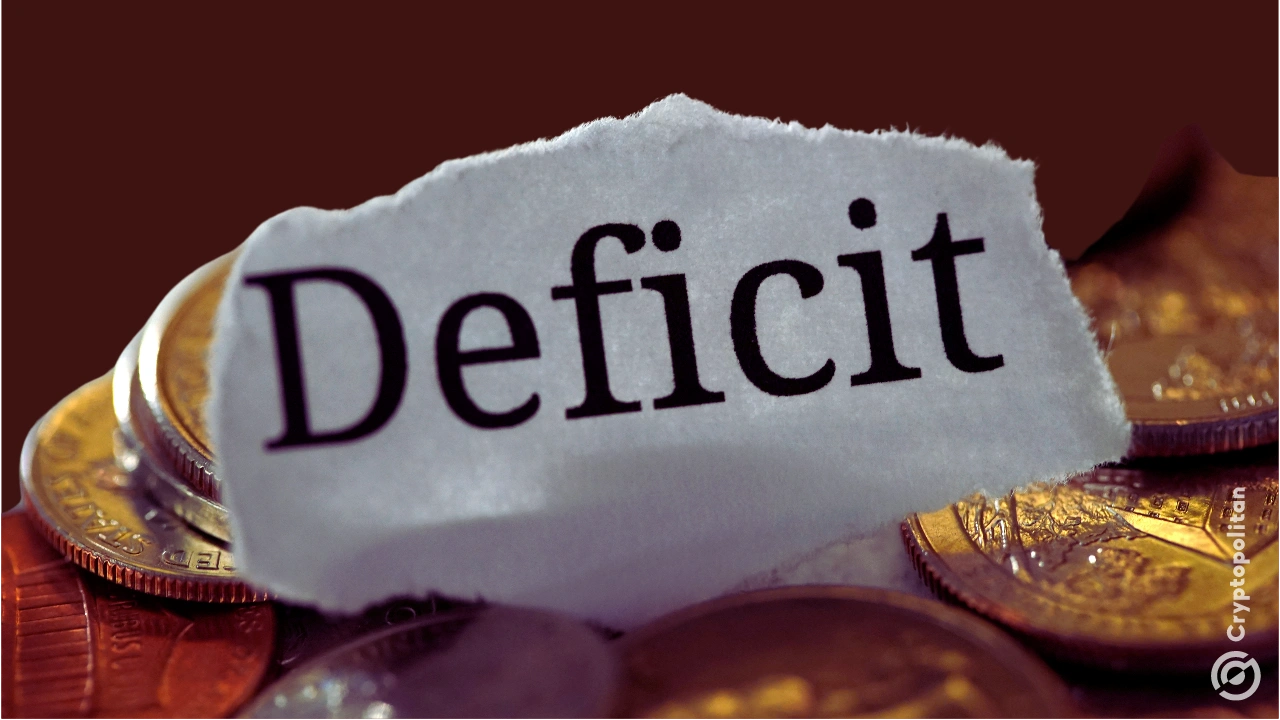China’s leadership has approved its most aggressive fiscal stance ever, setting a record-high budget deficit target of 4% of GDP for 2025.
The decision comes as the country braces for economic headwinds and prepares for a new round of trade pressures, particularly from the United States.
Alongside the deficit boost, China has locked in its economic growth target at around 5%, maintaining its steady public goals despite ongoing internal and external struggles.
China puts on strong economic defense
The decision, made during last week’s Central Economic Work Conference (CEWC) and December’s Politburo meeting, reflects a “more proactive” fiscal policy meant to counteract slowing growth.
The increase from the initial 3% deficit target in 2024 signals China’s need to inject more funds into the economy—funds that analysts expect to hit about 1.3 trillion yuan ($179.4 billion). The government will reportedly finance this extra spending through the issuance of off-budget special bonds.
These figures, while historic, remain unofficial until the annual parliamentary meeting in March. There, Beijing is expected to formalize its deficit and growth plans. Sources cautioned that adjustments to these targets are still possible before final approval.
The State Council Information Office and China’s Ministry of Finance did not respond to requests for comment. However, insiders suggest that the increased deficit is China’s pre-emptive strategy to counter Donald Trump’s plans for aggressive tariffs on Chinese imports when he retakes the White House in January. Trump’s proposals include a universal 10% import tariff and a punishing 60% levy on Chinese goods—a move that could gut Chinese exports to the U.S., valued at over $400 billion annually.
China pivots to stimulus as economic struggles persist
China’s economy has stumbled through a turbulent year. A spiraling property crisis has kneecapped investment. Local government debts have climbed to unsustainable levels. Consumer spending has stagnated, leaving businesses and analysts skeptical about a fast recovery.
Exports have been one of the few pillars keeping China’s economy afloat. Yet, even this lifeline is now under siege. Trump’s return has re-ignited fears of tit-for-tat trade warfare. Manufacturers are scrambling to relocate production to avoid U.S. tariffs, but shifting supply chains won’t happen overnight
Many exporters warn that the proposed levies will gut profits, hit jobs, and slow investments, deepening China’s economic woes.
The CEWC summary released after last week’s meetings didn’t shy away from these issues. State media reaffirmed the importance of “steady economic growth” but stopped short of providing specific numbers.
Beijing remains laser-focused on the 5% GDP growth target—a goal that analysts say is more about managing expectations than delivering hard results.
Morgan Stanley analysts predict that alongside the expanded deficit, the quota for special bonds will rise slightly, leading to around 2 trillion yuan in total fiscal expansion.
At the same time, China’s central bank has signaled its loosest stance in over a decade. After 14 years of “prudent” monetary policy, the People’s Bank of China (PBOC) is ready to embrace an “appropriately loose” approach. This shift has raised expectations for interest rate cuts and liquidity injections in 2025.
Analysts point to the huge rise in total debt during the past decade and a half. Household, corporate, and government borrowing combined has surged more than fivefold, even as the economy itself tripled. Despite the risks, China is leaning heavily on fiscal and monetary tools to avoid a deeper slowdown.
Land a High-Paying Web3 Job in 90 Days: The Ultimate Roadmap





